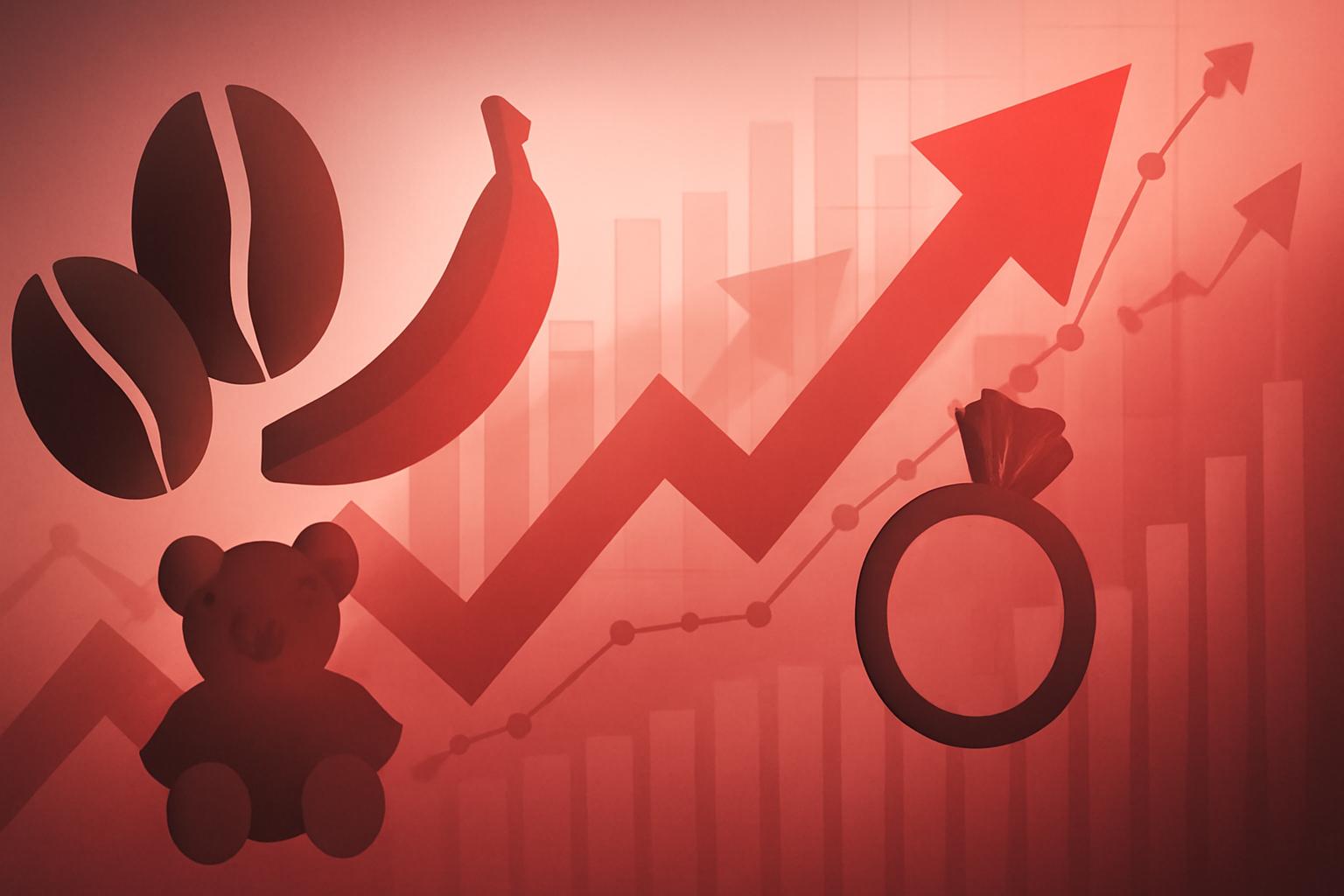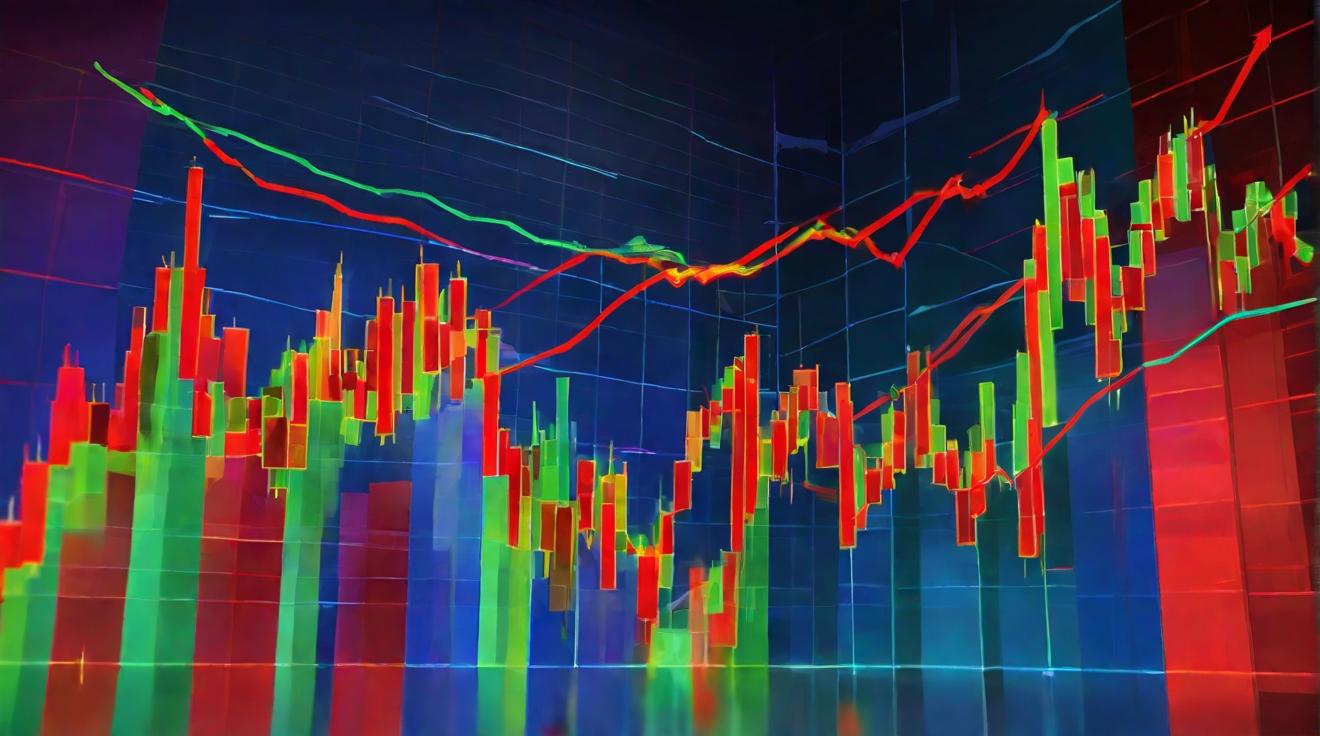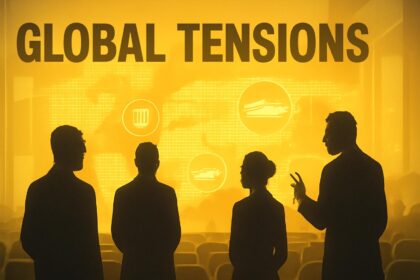Inflation Accelerates as Tariffs Impact Consumer Goods
Inflation in the United States has accelerated since President Donald Trump’s administration implemented new import tariffs in April 2025. The latest Consumer Price Index (CPI) data released in September shows a 2.9% increase in overall prices from a year earlier, up from 2.7% in the preceding months. This rise places inflation further above the Federal Reserve’s target of 2%, signaling increased cost pressures for households.
Core inflation, which excludes volatile food and energy prices, also rose by 0.4% in August—the largest monthly gain since January—and is up 3.1% year-over-year. These figures reflect broad-based price increases, particularly in tariff-sensitive product categories.
Tariffs and Their Uneven Effects on Prices
The tariffs introduced in April 2025 have had a staggered effect on prices due to varying supply chain dynamics and the differing import shares of goods. The Federal Reserve Bank of San Francisco notes the tariffs have exerted a “significant impact on prices,” with many businesses passing higher costs onto consumers.
Currently, American households face an average tariff rate of 17.4%—the highest since 1935. The Yale Budget Lab estimates these tariffs could increase household expenses by approximately $2,300 annually in 2025.
Key Products Showing Marked Price Increases
Coffee
Coffee prices surged 9.8% from April to August, including a 3.6% jump in August alone. The U.S. imports over 99% of its coffee, making it especially vulnerable to import tariffs. Initial tariffs set at 10% were later raised significantly on major suppliers such as Vietnam and Indonesia. Additionally, Brazil, which supplies over a third of U.S. arabica beans, faced a 50% tariff as of August 6, potentially driving prices higher in coming months.
Jewelry and Watches
Prices for jewelry and watches increased 5.5% in August, well above their historical average monthly increase of 0.8%. The U.S. heavily depends on imports for luxury jewelry and watch components. Tariffs began at 10% in April but were raised on August 7 to 39% for all Swiss imports, which constitute over 90% of U.S. precious-metal wristwatch imports. Additional tariffs on Indian diamond exports and Japanese mechanical watches may sustain upward pressure on prices.
Bananas
Bananas, typically a stable category, experienced a 4.9% price hike between April and August. The entire U.S. banana supply is imported from Central and South America and subject to a 10% tariff. Despite this increase, bananas remain relatively inexpensive compared to other fruits and vegetables.
Televisions
Television prices rose 2.5% in August and 3.1% since April, reversing a long-term downward trend driven by manufacturing efficiencies and technology advancements. Nearly all U.S. TVs are imported from Mexico, China, and Vietnam. Tariffs vary, with Mexican imports facing up to 25%, Chinese imports up to 30%, and Vietnamese imports around 20%, depending on compliance and classification.
Toys
Toy prices climbed 2.5% from April to August—the steepest four-month increase since 2021. Approximately 70% of U.S. toys are imported from China, where tariffs can reach 30%, and some Vietnamese shipments face even higher rates. This uptick contrasts with the long-term trend of declining toy prices.
FinOracleAI — Market View
The recent tariff-induced price increases are likely to sustain upward inflationary pressures in the short term, particularly in import-dependent consumer goods. This environment poses challenges for consumer spending and could complicate the Federal Reserve’s efforts to achieve its inflation target. Key risks include potential further tariff adjustments and supply chain disruptions. Market participants should monitor upcoming tariff policy developments and CPI releases to assess inflation trajectory and consumer demand resilience.
Impact: negative













